When it comes to cozying up by the fire, having the right wood fire log fuels makes all the difference. Whether you’re looking for kiln-dried logs for a quick, easy start or seasoned logs for a long-lasting burn, you’re in the right place. Our selection is perfect for creating that warm, inviting atmosphere you love without the hassle.
Wood Fire Log Fuels
Discover the perfect selection of premium wood fire log fuels for a cozy and inviting atmosphere
Product List
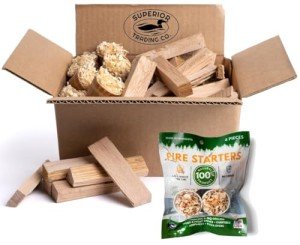
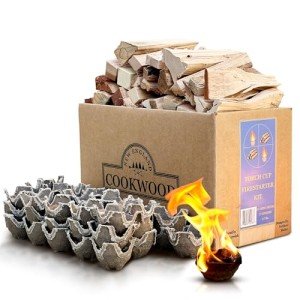
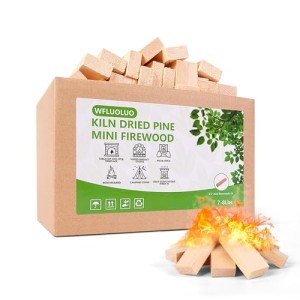

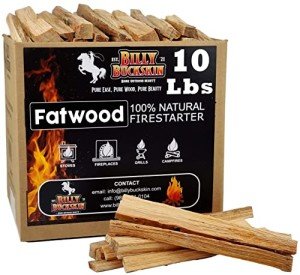
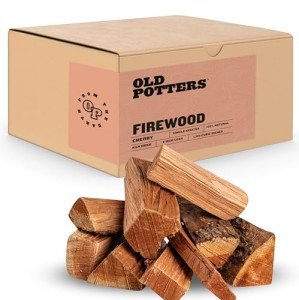

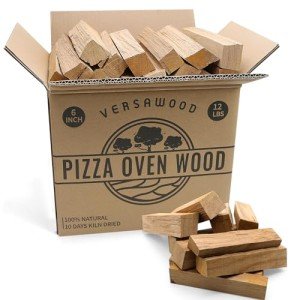
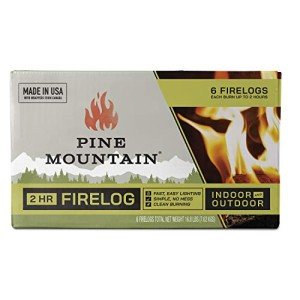
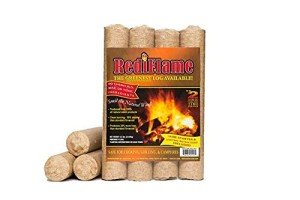


As the temperature drops and the nights become chillier, many people turn to wood-burning stoves, fireplaces, and fire pits for warmth and ambiance. However, the choice of fuel can significantly impact the efficiency, cleanliness, and quality of your fire. In this guide, we will explore the various types of wood fire log fuels, their advantages and disadvantages, and tips on selecting the right fuel for your needs.
Table of Contents
- What Are Wood Fire Log Fuels?
- Types of Wood Fire Log Fuels
- 2.1 Natural Firewood
- 2.2 Compressed Wood Logs
- 2.3 Wood Firestarters
- Advantages and Disadvantages of Each Type
- Choosing the Right Wood Fire Log Fuel
- Burning Wood Safely and Efficiently
- FAQ
- Conclusion
1. What Are Wood Fire Log Fuels?
Wood fire log fuels are substances burned in fireplaces, stoves, or fire pits to produce heat and light. They come in various forms, including natural firewood, compressed wood logs, and manufactured fire starters. Understanding the characteristics of each type can help you make an informed choice for your heating and recreational needs.
2. Types of Wood Fire Log Fuels
| Type | Description | Common Uses |
|---|---|---|
| Natural Firewood | Cut, dried, and seasoned wood from different tree species | Fireplaces, wood stoves, fire pits |
| Compressed Wood Logs | Logs made from sawdust and shavings, pressed with heat and pressure | Stoves, pellet fireplaces |
| Wood Firestarters | Small, convenient products designed to ignite fires easily | Quick-starting fires |
2.1 Natural Firewood
Natural firewood includes logs sourced from various tree species. The most commonly used types of firewood are oak, maple, hickory, birch, and pine.
- Pros: Readily available, offers a rich aroma, can create a pleasing crackle and pop, and helps in recreating the traditional fireplace experience.
- Cons: Can be messy (bark and bits falling off), demands significant space for storage, and requires seasoning to reduce moisture content for optimal burning.
2.2 Compressed Wood Logs
Compressed wood logs are manufactured from wood residues like sawdust and wood chips that are tightly packed and extruded. These logs often offer consistent burning and can be easier to store due to their compact size.
- Pros: Produce less smoke and ash, burn hotter and more evenly, and are often kiln-dried, eliminating the need for seasoning.
- Cons: May not have the same fragrance as natural wood, can include additives, and may be less available in some areas.
2.3 Wood Firestarters
Wood firestarters are specifically designed to ignite fires quickly and efficiently. They often contain wax and wood shavings or other combustible materials.
- Pros: Easy to use, can ignite damp wood, and saves time when starting fires.
- Cons: Additional cost and may have chemicals that some users prefer to avoid.
3. Advantages and Disadvantages of Each Type
Natural Firewood
| Advantage | Disadvantage |
|---|---|
| Rich aroma and pleasant sound | Requires storage space and seasoning |
| Variety of species available for different needs | Can produce more smoke and creosote |
| Traditional feel and ambiance | Heavy and may split or crack when drying |
Compressed Wood Logs
| Advantage | Disadvantage |
|---|---|
| Consistent size and burning properties | Often contains additives |
| Lower moisture content | May lack natural wood aroma |
| Less ash and smoke creation | Limited selection of species |
Wood Firestarters
| Advantage | Disadvantage |
|---|---|
| Simple and fast ignition | Possible presence of chemicals |
| Good for damp conditions | Higher cost for convenient usage |
| Compact and easy to store | Limited use once the fire is started |
4. Choosing the Right Wood Fire Log Fuel
When selecting wood fire log fuels, there are several factors to consider, including:
- Purpose: Is the fire for warmth, cooking, or ambiance?
- Location: Will it be indoors or outdoors?
- Space: Do you have enough storage for natural firewood?
- Time: How quickly do you want to start your fire?
List of Quick Tips:
- Choose seasoned hardwood for a longer burn.
- Use softwoods for quick starts but expect more smoke and rapid consumption.
- Consider compressed logs for controlled burning and less mess.
5. Burning Wood Safely and Efficiently
To ensure safety and efficiency when burning wood, consider the following tips:
- Adequate Ventilation: Always ensure your fireplace or stove has proper ventilation to reduce smoke buildup and health risks.
- Avoid Overloading: Do not overload your stove or fireplace to prevent inefficient burning and increased smoke.
- Use a Quality Chimney or Flue: Regularly check and clean your chimney or flue to prevent creosote buildup and chimney fires.
- Nighttime Safety: Always extinguish the fire before leaving the home or going to sleep to prevent potential hazards.
6. FAQ
Q: What is the best type of firewood to burn?A: Hardwoods like oak, maple, and hickory are generally the best for burning due to their higher heat output and lower smoke production.
Q: Are compressed wood logs better than natural firewood?A: It depends on your specific needs. Compressed wood logs provide convenience and less mess, while natural firewood offers traditional burning characteristics and aroma.
Q: How long should firewood be seasoned?A: Ideally, firewood should be seasoned for 6-12 months to achieve the best burning conditions.
Q: Can I burn treated wood?A: No, treated wood contains chemicals that are hazardous when burned, releasing toxic fumes into the air.
Q: How can I store firewood properly?A: Store firewood in a dry place, elevated off the ground, and covered on the top to keep it dry while allowing air circulation.
7. Conclusion
In conclusion, understanding the various types of wood fire log fuels is crucial for optimal burning performance and satisfaction in heating and ambiance. By assessing your needs and preferences, you can choose between natural firewood, compressed logs, or fire starters to create a cozy environment this season. Safety and efficiency should not be overlooked, so always approach wood burning with care and consideration. With the right knowledge and preparation, a warm fire awaits you, turning cold nights into relaxing evenings by the hearth.